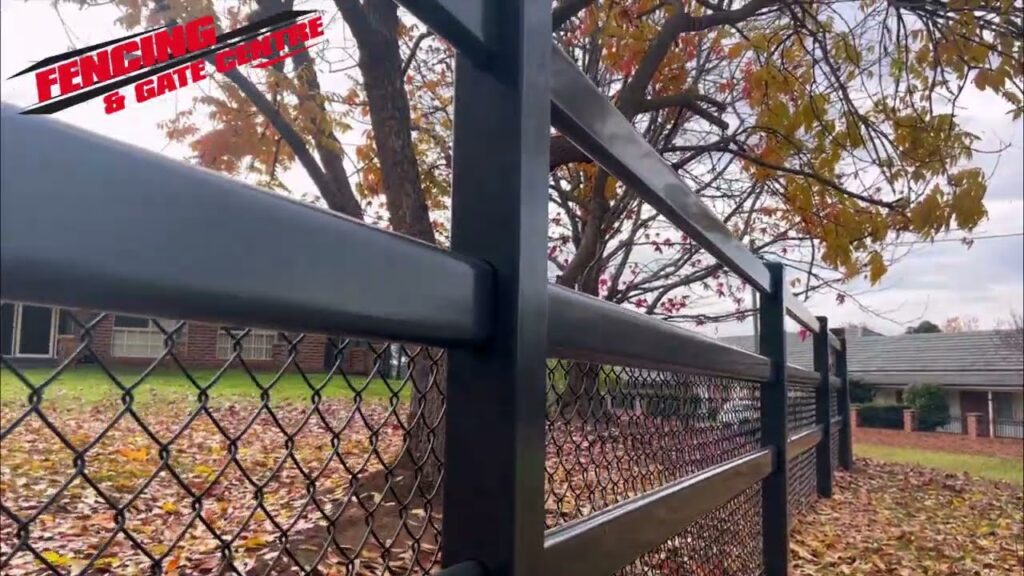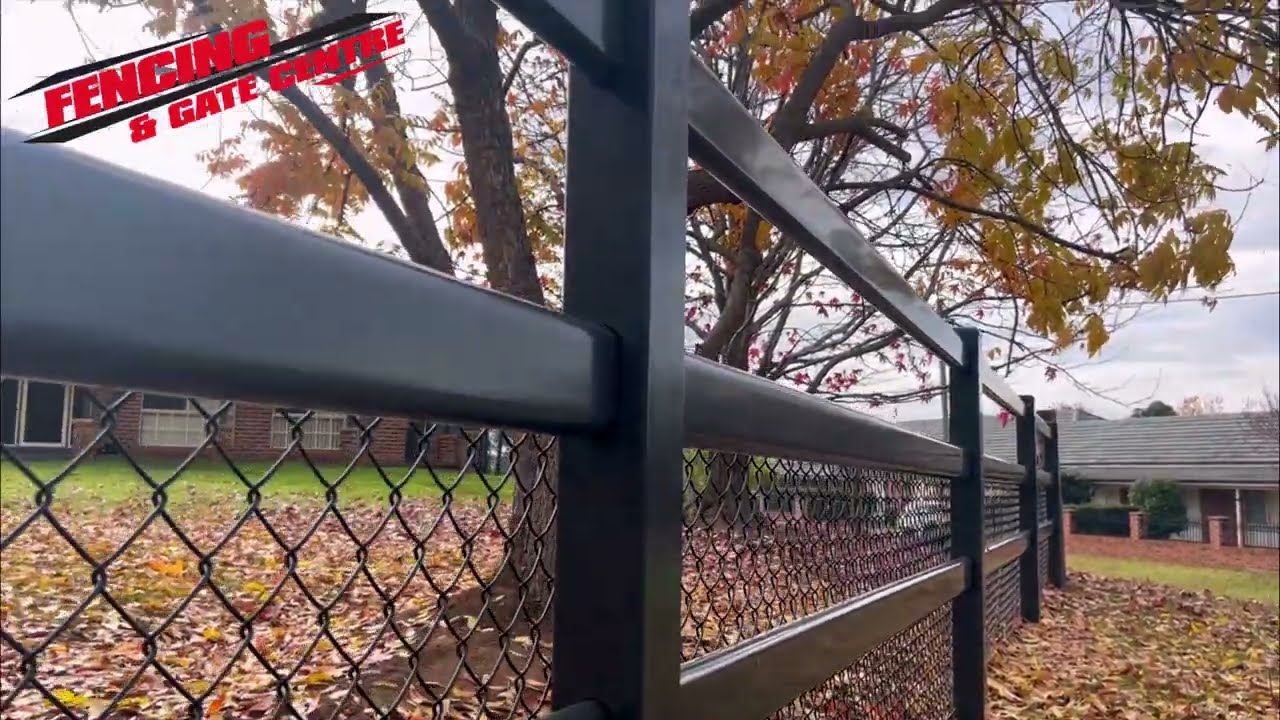
Enhance Your Garden with Small Decorative Wire Fencing: A Comprehensive Guide
Small decorative wire fencing is more than just a boundary; it’s an aesthetic addition that can transform your garden or outdoor space. Whether you’re looking to protect delicate plants, define garden beds, or simply add a touch of elegance, understanding the nuances of small decorative wire fencing is key. This guide delves into everything you need to know, from choosing the right materials and styles to installation tips and maintenance advice.
Why Choose Small Decorative Wire Fencing?
Small decorative wire fencing offers a multitude of benefits beyond its visual appeal. It’s a cost-effective way to create boundaries without obstructing views. Unlike solid fences, wire fencing allows for airflow and sunlight penetration, crucial for healthy plant growth. The lightweight nature of the materials makes installation easier, and the variety of designs available ensures you can find something that complements your existing landscape.
- Aesthetic Appeal: Adds charm and character to gardens.
- Protection: Keeps pets and small animals from damaging plants.
- Definition: Clearly marks garden beds and pathways.
- Cost-Effective: More affordable than solid fencing options.
- Easy Installation: Lightweight and manageable for DIY projects.
Types of Small Decorative Wire Fencing
The market offers a diverse range of small decorative wire fencing options, each with unique characteristics. Understanding these differences will help you make an informed decision based on your specific needs and preferences.
Picket Fencing
A classic choice, picket fencing provides a traditional, charming look. Often made from coated wire, it’s available in various heights and picket styles. Ideal for creating a quaint, cottage-style garden.
Mesh Fencing
Mesh fencing, particularly those with decorative patterns, offers a modern and minimalist aesthetic. It’s sturdy and effective for keeping out small animals while maintaining an open feel.
Scalloped Fencing
Scalloped fencing adds a touch of elegance with its curved design. This style is perfect for accentuating flower beds and creating a visually appealing border.
Ornamental Fencing
Ornamental fencing features intricate designs and decorative elements. It’s a more elaborate option that can significantly enhance the overall look of your garden. Look for powder-coated options for longevity.
Choosing the Right Material
The material of your small decorative wire fencing impacts its durability, appearance, and maintenance requirements. Common materials include:
- Steel: Strong and durable, often coated for rust resistance.
- Aluminum: Lightweight and rustproof, ideal for coastal areas.
- Vinyl-Coated Wire: Provides a protective layer against the elements and comes in various colors.
- Wrought Iron: Offers a classic, elegant look but requires more maintenance to prevent rust.
Consider your climate and the level of maintenance you’re willing to undertake when choosing a material.
Installation Tips for Small Decorative Wire Fencing
Installing small decorative wire fencing is often a DIY-friendly project. Here are some tips to ensure a successful installation:
- Plan Your Layout: Measure the area where you’ll be installing the fencing and mark the locations for posts.
- Prepare the Ground: Clear any debris, rocks, or vegetation from the installation area.
- Install Posts: Use a post-hole digger to create holes for the posts. Ensure the posts are set deep enough for stability.
- Attach the Fencing: Secure the wire fencing to the posts using wire ties, clips, or staples.
- Tension the Wire: Use wire tensioners to tighten the fencing and prevent sagging.
- Finishing Touches: Trim any excess wire and add decorative post caps for a polished look.
Maintenance of Small Decorative Wire Fencing
Proper maintenance will extend the life of your small decorative wire fencing. Regular inspections and timely repairs can prevent minor issues from becoming major problems.
- Clean Regularly: Wash the fencing with soap and water to remove dirt and grime.
- Inspect for Rust: Check for signs of rust, especially on steel and wrought iron fencing.
- Repair Damage: Replace any damaged sections of fencing promptly.
- Reapply Protective Coatings: Consider reapplying protective coatings, such as paint or sealant, every few years.
Design Ideas and Inspiration
Small decorative wire fencing can be incorporated into various garden designs. Here are some ideas to inspire your next project:
- Cottage Gardens: Use picket fencing to create a charming, traditional look.
- Vegetable Gardens: Protect your crops from pests with mesh fencing.
- Flower Beds: Accentuate flower beds with scalloped or ornamental fencing.
- Pathways: Define garden pathways with low-profile wire fencing.
- Vertical Gardens: Use wire fencing as a trellis for climbing plants.
Where to Buy Small Decorative Wire Fencing
Small decorative wire fencing is available at various retailers, including:
- Home Improvement Stores: Major chains like Home Depot and Lowe’s offer a wide selection of fencing options.
- Garden Centers: Local garden centers often carry unique and specialized fencing designs.
- Online Retailers: Online marketplaces like Amazon and eBay provide a convenient way to shop for fencing.
- Specialty Fencing Suppliers: These suppliers specialize in fencing products and can offer expert advice and custom solutions.
When purchasing, compare prices and read reviews to ensure you’re getting a high-quality product.
Cost Considerations
The cost of small decorative wire fencing varies depending on the material, style, and length. Generally, you can expect to pay between $5 and $20 per linear foot. Installation costs can add to the overall expense, especially if you hire a professional installer. [See also: Professional Fence Installation Costs]
Consider your budget and prioritize the features that are most important to you. Opting for a less expensive material or installing the fencing yourself can help you save money.
Environmental Impact
When choosing small decorative wire fencing, consider its environmental impact. Opt for recycled materials or sustainable manufacturing processes. Properly disposing of old fencing is also important to minimize waste.
Some manufacturers offer eco-friendly fencing options made from recycled plastic or sustainably sourced wood. [See also: Sustainable Gardening Practices]
Future Trends in Small Decorative Wire Fencing
The market for small decorative wire fencing continues to evolve, with new trends emerging regularly. Some trends to watch include:
- Smart Fencing: Fencing integrated with smart home technology for added security and convenience.
- Customizable Designs: Fencing that can be customized with unique patterns and colors.
- Sustainable Materials: Increased use of recycled and sustainable materials.
Conclusion
Small decorative wire fencing is a versatile and attractive addition to any garden or outdoor space. By understanding the different types of fencing, materials, and installation techniques, you can create a beautiful and functional border that enhances your landscape. Whether you’re protecting your plants, defining your garden beds, or simply adding a touch of elegance, small decorative wire fencing is an excellent choice. Remember to consider your budget, maintenance preferences, and environmental impact when making your decision. [See also: Garden Design Ideas]

